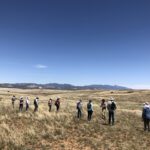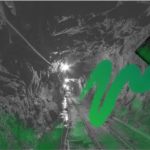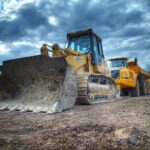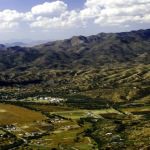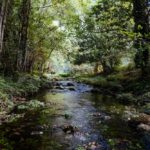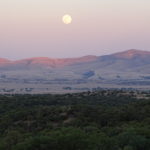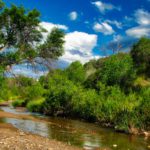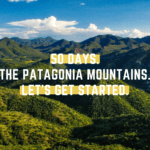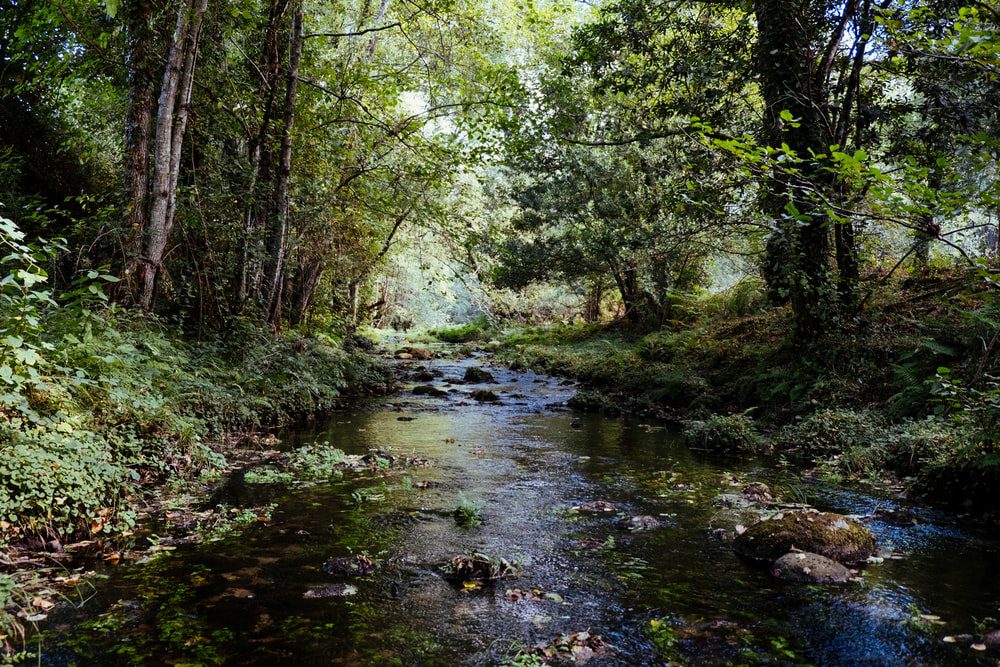
What is a Watershed and How is it Threatened?
Watershed. A watershed moment. A shed for water? When talking about the issues surrounding mining in the Patagonia Mountains, one is inevitably going to hear mention of a “watershed”. But what does this term really mean? And why is it so important to discuss? In this blog post, we are going to address those basic questions and go into detail on our own Sonoita Creek watershed.
What is a watershed?
According to the National Ocean Service, a watershed is “a land area that channels rainfall and snowmelt to creeks, streams, and rivers, and eventually to outflow points such as reservoirs, bays, and the ocean.” Sometimes called a drainage basin or a catchment, a watershed can comprise a small county or thousands of square miles. These different-sized watersheds are nested within each other; a region like North America is divided and sub-divided into scaling watersheds, each identified by a unique 10-digit hydrologic unit code (HUC). For example, our own Sonoita Creek watershed is a subwatershed of the Santa Cruz watershed, and its HUC is 1505030102.
Nestled between the Santa Rita and Patagonia Mountains, the water that flows into the Sonoita Creek and eventually the Santa Cruz River has supported life for thousands of years. The 128,000-acre Sonoita Creek watershed is a major tributary to the Santa Cruz River and the greater watershed that serves more than a million people. It is also the municipal drinking water supply for the Patagonians. Sonoita and Harshaw Creeks and their subterranean aquifers provide the only source of potable water for the Town of Patagonia with over 900 residents and 300 private well users within a three-mile radius of town. The wildlife that this watershed supports is among the most biologically-diverse in the world and has been identified by scientists as vital for species survival.
How is it threatened?
As is often said, water is life. According to the Environmental Protection Agency, the benefits of a healthy watershed extend far beyond clean drinking water. A healthy watershed provides ecological services like carbon cycling and erosion/sedimentation control, economic benefits like reduced flood mitigation costs and increased revenue from the outdoor recreation industry. Among many other reasons, this is why proper watershed management is of the utmost importance.
Unfortunately, too many watersheds are facing threats from sources like climate change, poor land management, human and livestock waste, and current or abandoned mining activity. The National Ocean Service points out how far-reaching these impacts can be:
Water from hundreds, and often thousands, of creeks and streams flow from higher ground to rivers that eventually wind up in a larger waterbody. As the water flows, it often picks up pollutants, which may have sinister effects on the ecology of the watershed and, ultimately, on the reservoir, bay, or ocean where it ends up.
In our own backyard, the greatest threat to the Sonoita Creek watershed is hard rock mining activity. In the report Sonoita Creek Watershed: A Roadmap to Water Quality, several water quality problems are identified. These include dangerous acidity, contamination from metals like copper and zinc, and high groundwater hardness. The region contains many historic mines that were insufficiently remediated and still poorly monitored. For example, the abandoned Lead Queen Mine was found in 2014 to be leaking an orange sludge– acid mine drainage.
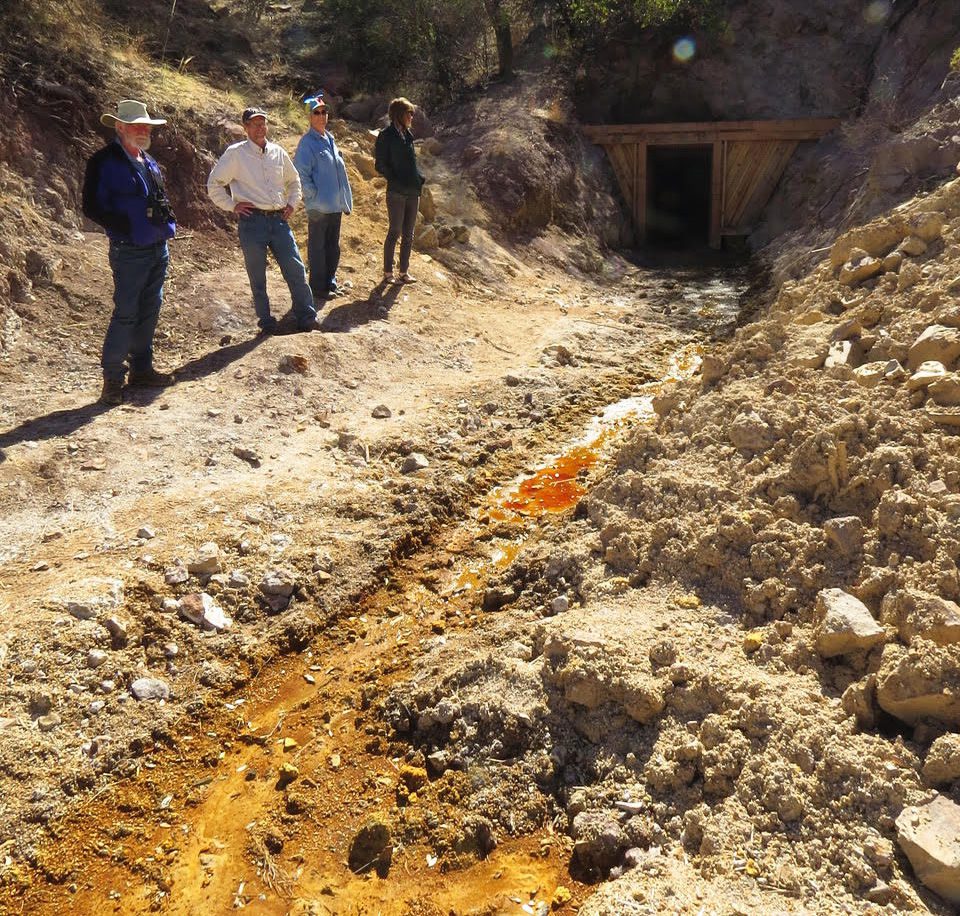
Photo owned by PARA
A comprehensive study by Arizona NEMO with the Arizona Department of Environmental Quality (ADEQ) found our watershed to be at “extreme risk” which means that a surface water body within the subwatershed is currently assessed as being “impaired” by ADEQ for one of the constituent groups. The same report concluded that “The Sonoita Creek Subwatershed has the highest risk in the Santa Cruz Watershed to be impacted by metals related to abandoned mine sites.”
Here are some of the reasons that hard rock mining is able to pose such a threat to our watersheds:
- Santa Cruz County is not allowed to regulate mining activity that exists on more than five acres of land (ARS 11-812).
- Arizona is one of the weakest environmentally-regulated states in the U.S., especially with respect to hard rock mining.
- The federal government continuously weakens environmental protections and underfunds environmental agencies.
In July of this year, South32 announced their massive dewatering plans, which will draw down an estimated 1.6 billion gallons of water per year for four years in order to help them reach their target minerals. Hydrogeologists have been enlisted by PARA to analyze the impact of this and other proposed actions by South32, and they recently presented their initial findings to the Town of Patagonia Flood & Flow Committee. These experts pointed out several shortcomings in the scope and methods of South32’s own hydrology report, such as failing to analyze watershed impacts outside of the land in their mining claims.
Get Involved
If you want to help defend our water and wildlife, here are some steps to get started:
1. Learn more about Arizona’s water issues
There are many other organizations fighting alongside PARA to protect our waters. Take a peek at some of their information and initiatives.
- Sierra Club’s resource page for Arizona water, including documents like A Conservation Vision for Arizona’s Water Future (PDF)
- Friends of Sonoita Creek’s Water & Hydrology resource page
2. Know the language of mining media.
Brings awareness to the power of words—both yours and others. This PDF will explain which words to use and which to avoid when discussing industrialized mining.
3. Understand the scarcity of mining regulations.
Read “A Summary Comparison of Applicable Federal Laws vs. State Laws for Large Scale Metal Mining Facilities in Arizona” for an eyeopener about how few environmental regulations govern mining on patented, private lands in Arizona.
